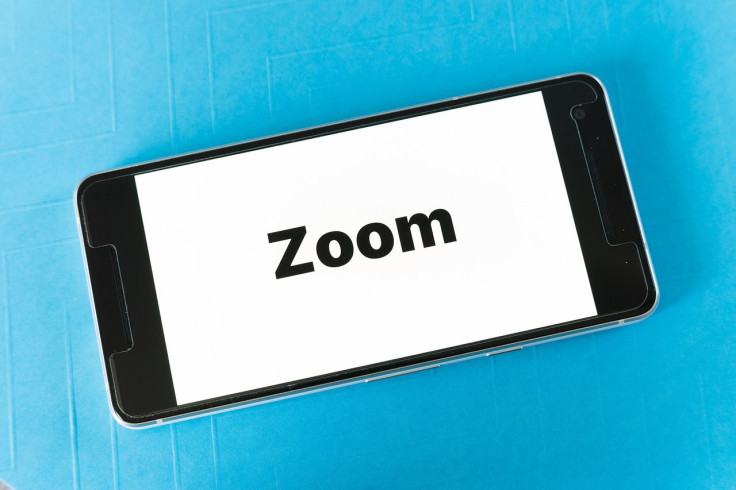Science Answers Nagging Question: Why Zoom Can Be Exhausting?
KEY POINTS
- Zoom is widely used today, not just for business, but also to keep families in touch
- The daily use, however, has led to what experts call as "Zoom fatigue"
- Now, scientists are explaining why people can get exhausted when using Zoom
The coronavirus pandemic led many people to work from home and use available technology to attend meetings, as well as perform their assigned tasks. Zoom, a popular enterprise video communications, is one of such technologies. Recently, however, people are starting to complain about the onset of Zoom fatigue, prompting social scientists to provide some explanations.
Yearning For A Rotary Phone
Silicon Valley tech entrepreneur Tammy Sun recently sent out a couple of tweets saying Zoom fatigue makes her want a rotary phone and a landline. Ms. Sun is the founder and CEO of a startup named Carrot, a firm that provides fertility benefit plans for other companies.
Ms. Sun thinks Zoom is great and admits she is a “power user,” spending nine out of 10 conversations on the application, six days per week. She says the many hours she spends on Zoom is not the problem; rather, it is seeing her real-time image on the grid following her motions as if she were facing a mirror. “I’m flat-out, not used to that,” Ms. Sun said.

Disrupting the Normal
According to experts, the disorder that has been called “Zoom fatigue” is way more than just the result of too many meetings. Social scientists say it is the byproduct of the hasty mass adoption of technology that is disrupting the instinctual, normal, and finely-tuned means of communicating developed to help humans survive.
Humans have evolved to understand the meaning of something in the wink of an eye, says Jeremy Bailenson, a professor and the director of the Virtual Human Interaction Lab at Stanford University. “Our species has survived because we can produce those signals in a way that’s meaningful. Zoom smothers you with cues, and they aren’t synchronous. It takes a physiological toll,” Bailenson noted.
From A Virtual Unknown To A Popular App
Zoom was a virtual unknown before the pandemic. The less-than-a-decade company serviced primarily businesses, hosting training, and webinars. In the past couple of months, however, the application has become a common sight in many households. From approximately 10 million users in December of 2019, it grew to around 300 million in April of this year.
The application has enabled families and friends to keep in touch and for businesses to continue running. Zoom has overshadowed competitors like Apple’s FaceTime, Cisco’s Webex, Google Meet, and Microsoft’s Skype because of its easier and more intuitive video conferencing design and features.
© Copyright IBTimes 2024. All rights reserved.





















